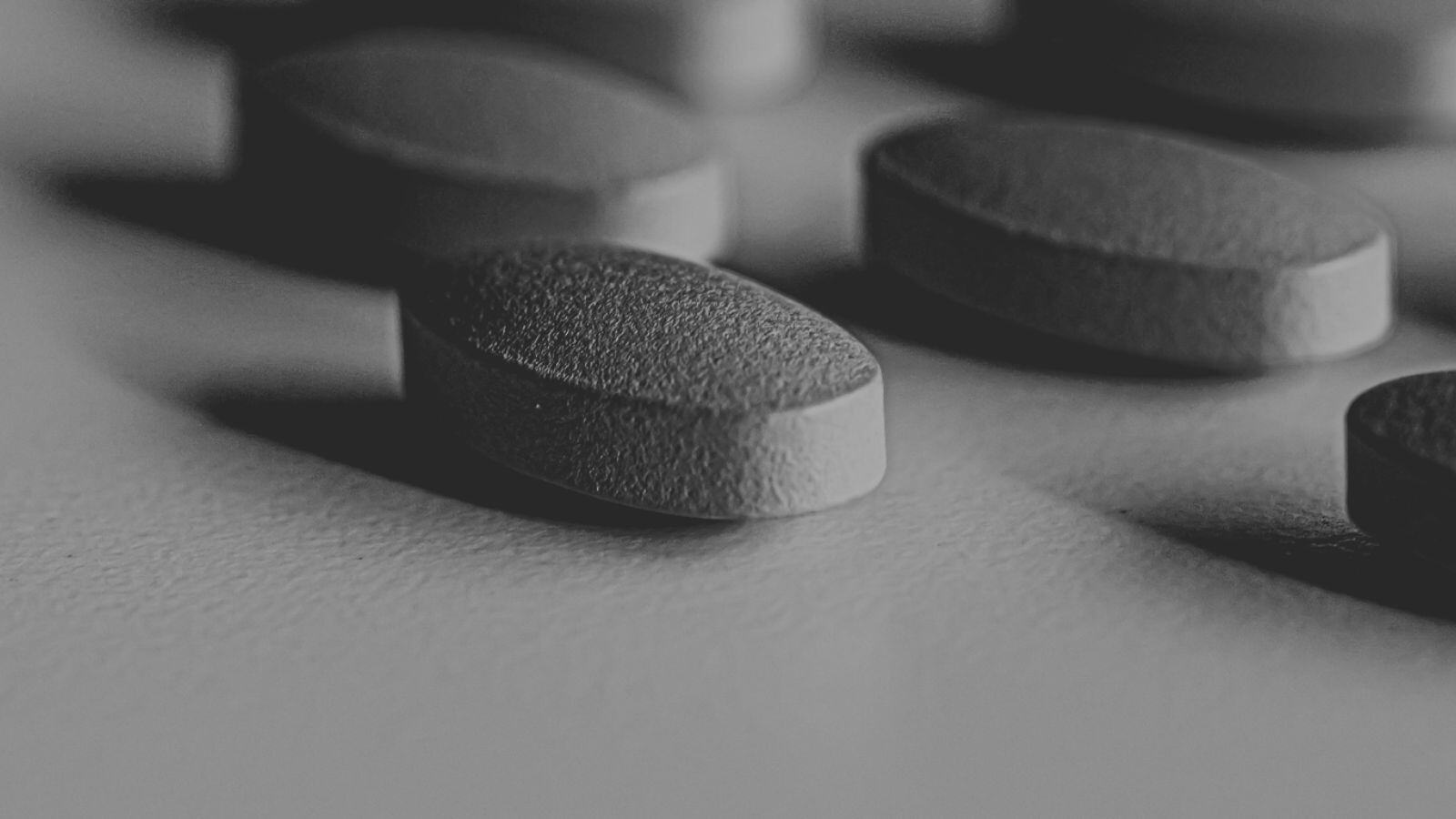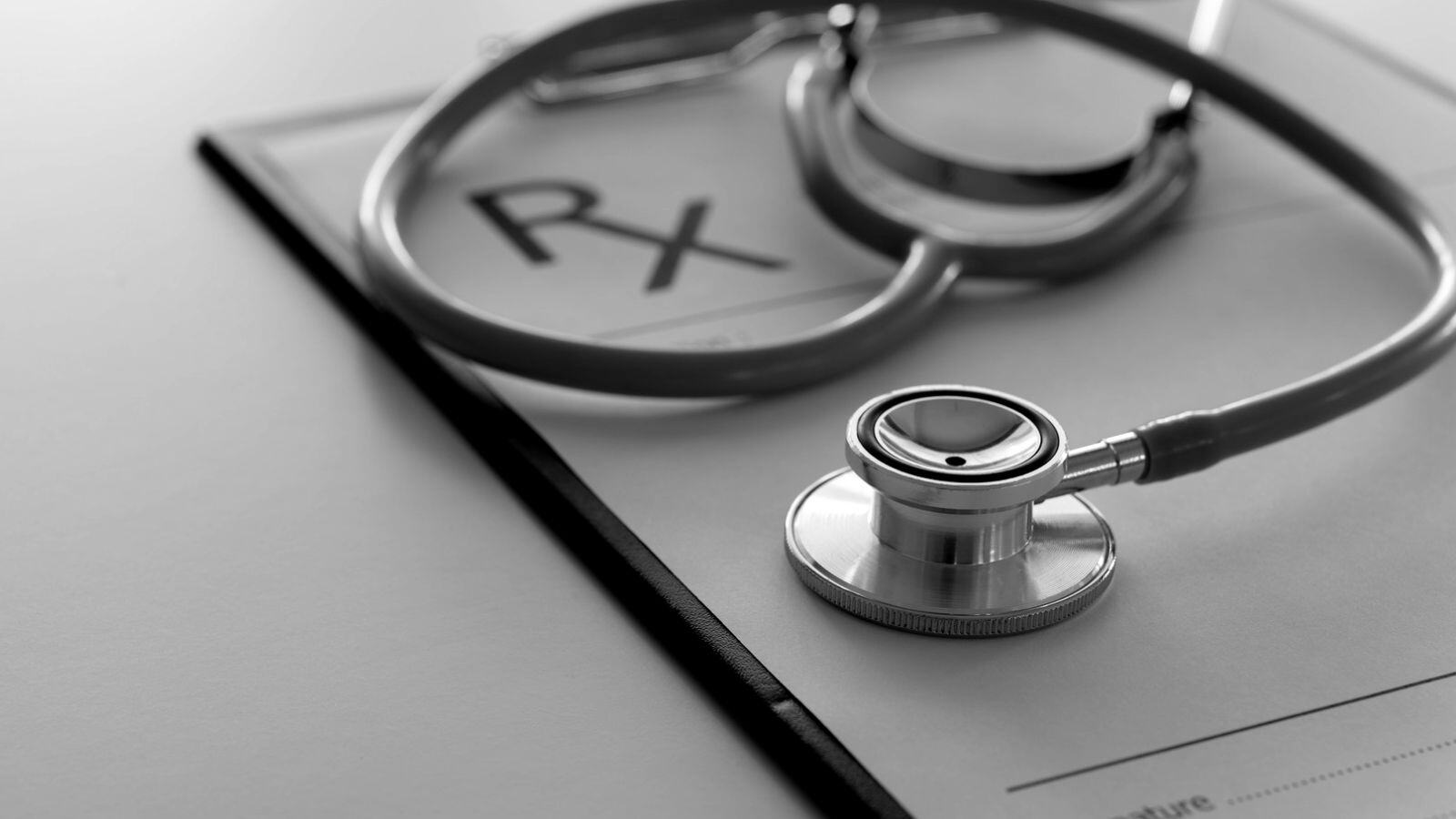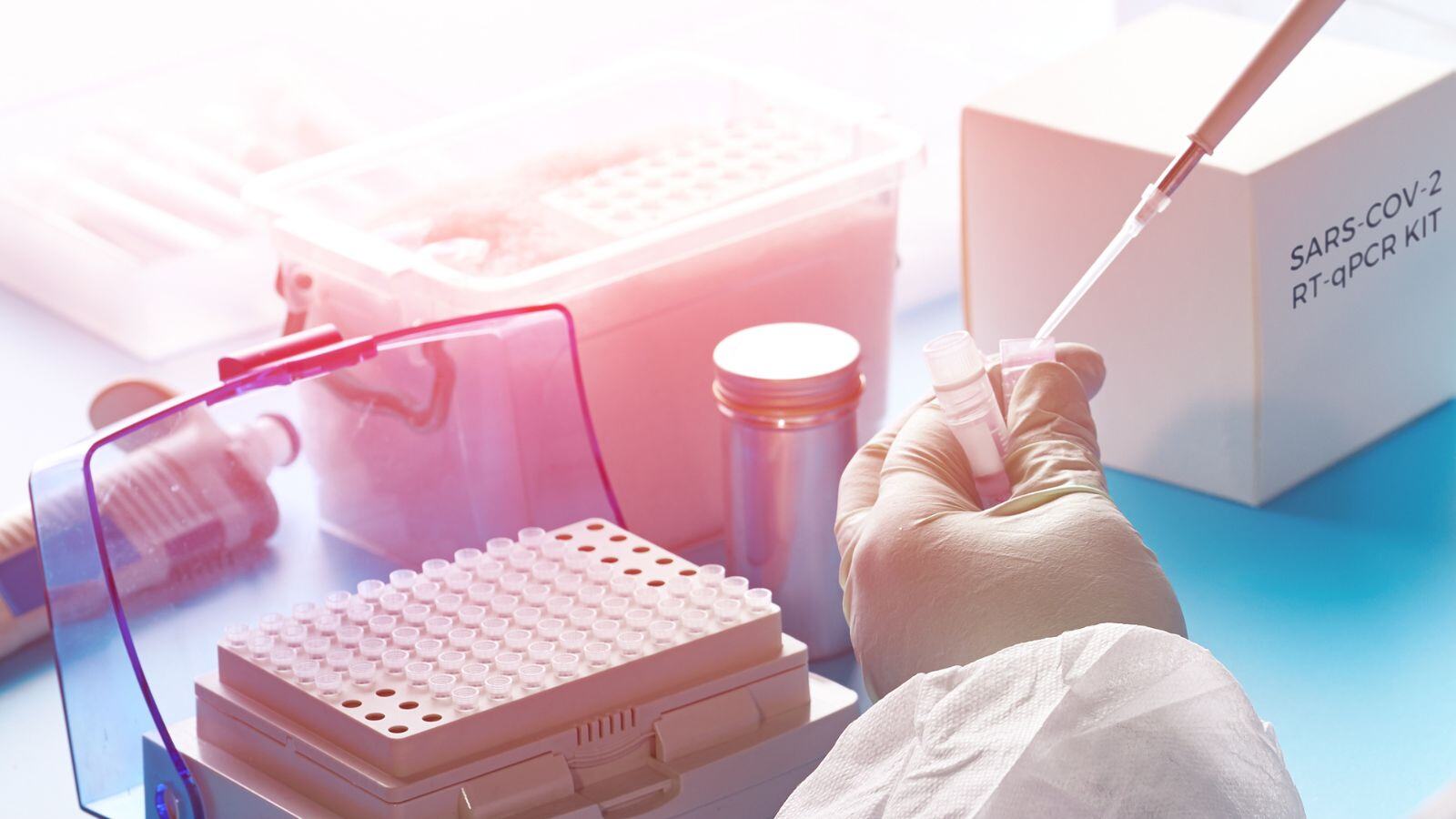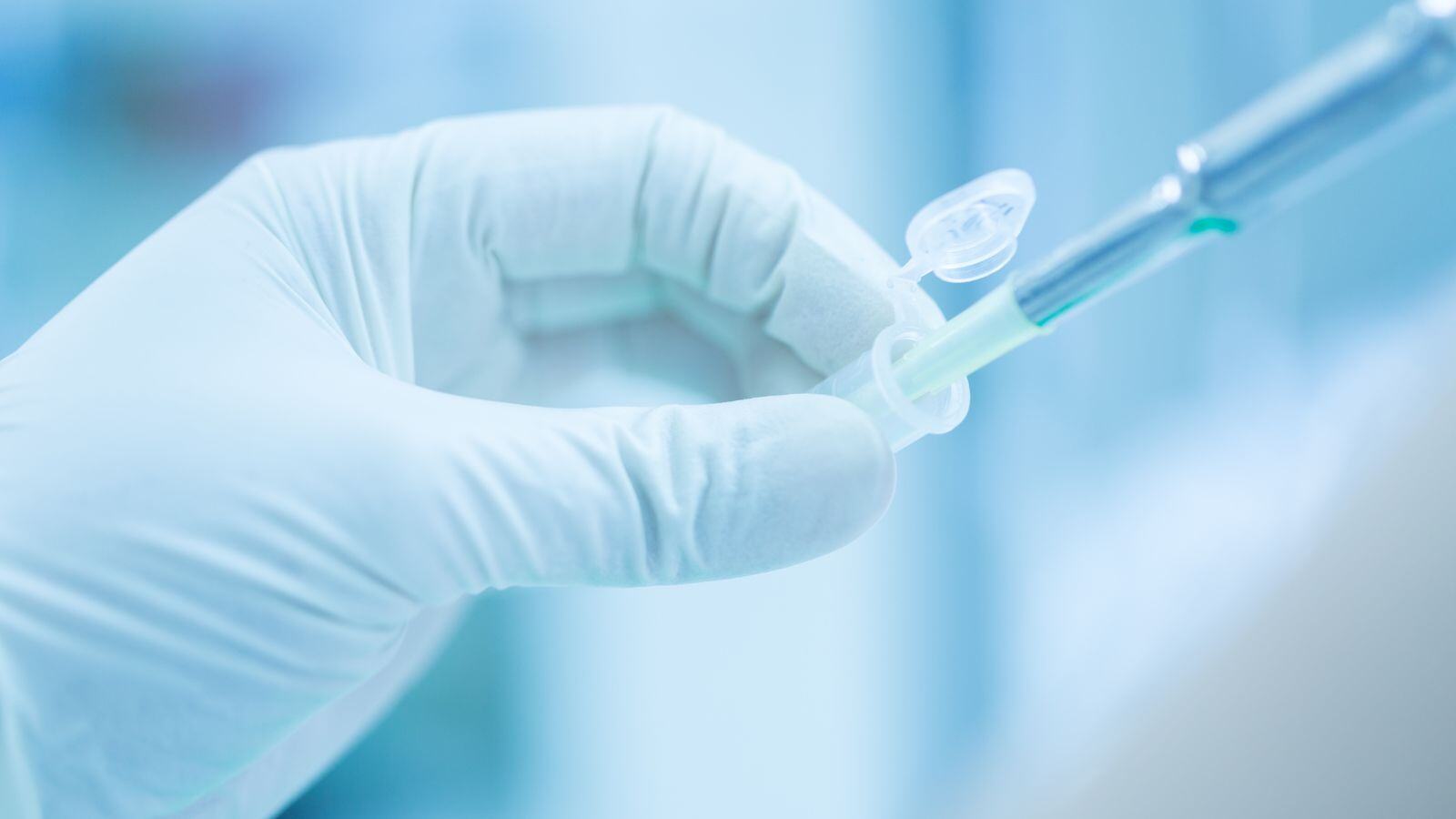In recent years, more and more medicinal products (MP) are used in conjunction with a medical device (MD). These are called “ combination products”. Typical examples of medical device combination products are prefilled inhalers, insulin syringes and auto-injectors.
Such drug-device combinations (DDC) result in more effective treatments and new approaches for the therapy of diseases. Positive facts aside, the information provided in submissions in Europe has been found to be inconsistent and often incomplete because the EU does not have a category for drug and medical device combination products.
Therefore, the combination product is defined either as a medicinal product or medical device, depending on the primary mode of action. If your product turns out to be a medicinal product, the regulatory pathway will still differ for the different types of medicinal product.
In this article, we will discuss the regulatory pathway to bring medical device combination products on the European market and we will make a comparison with the situation in the US as well.
Choose your market: the differences between the EU and US markets
The first important thing you need to define is which market you want your product to be launched on. There are different regulations and approaches towards DDC products in both Europe and the United States.
The term ‘combination product’ is, in contradiction with the European regulation, defined by the Food and Drug Administration (FDA) in the US. Consequently, the regulatory pathway to bring a combination product to the market is less complex in the United States as one specific office, namely the Office of Combination Products (OCP), oversees the regulations of combination products.
If you want to bring your DDC product onto the European Market, you need to follow the steps that are described in the following chapters.
1st step towards the market: follow the PMOA
The first question that should pop up in your head during the search for regulatory approvement of your medical device combination product in the EU is the primary mode of action (PMOA). This primary mode will define which regulations you need to follow. Is the action of your medicinal substance ancillary? If yes, then your product is regulated as a medical device under MDR 2017/645. In case the action of your combination product is mainly of the medicinal substance, the product will be regulated as a medicinal product.
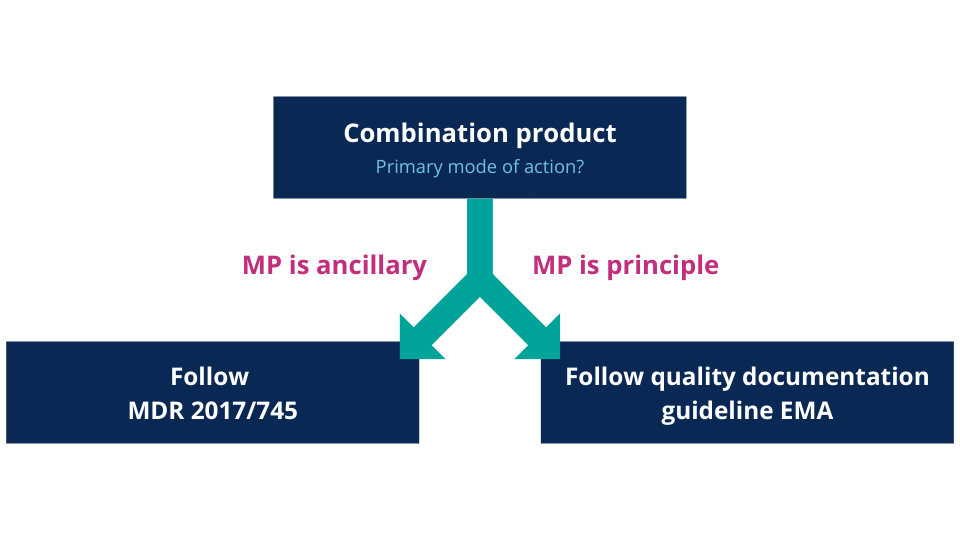
Figure 1 – Flowchart: Defining the PMOA and corresponding legislation(s)
Regulatory pathway for medical device combination products
If your combination product is defined as a medical device, according to the table above, it must conform to the general safety and performance requirements (GSPR) listed in Annex I of EU MDR 2017/745 and must obtain a CE Mark by a notified body (NB).
There is no need to consult the European Medicines Agency (EMA) for the device itself, only the ancillary medicine, if present in the device, must be approved by EMA. This is the case for drug-eluting stents, a catheter with an antimicrobial coating, etc.
The notified body must seek EMA’s scientific opinion on the quality, safety, and usefulness of the ancillary medicinal substance in three cases:
- if the ancillary substance is derived from human blood or plasma;
- if it has been previously evaluated by the EMA;
- if it falls within the mandatory scope of the centralized procedure.
For other substances, the notified body can seek the opinion from a national competent authority or from EMA e.g. in cases where EMA has already evaluated a medicine containing the same medicinal substance.
Regulatory pathway for medicinal combination products
If your combination product is defined as a medicinal product, there are different steps you need to take to launch your product to the European Market…
EMA assesses the safety and effectiveness of medicines used in combination with a medical device.
Different types of medicinal products
The guidelines of EMA and the MDR describe different types of combination products as the regulations differ (slightly) for each type:
-
Integral: the MP and MD form a single integrated product e.g., pre-filled inhaler
-
Co-packaged: the MP and MD are separate objects included in the same package e.g., Inhaler and drug-containing cartridge
-
Referenced: the manufacturer of the medicinal product refers to a specific medical device to be used together with the DDC product but sold separately. e.g., aero chamber
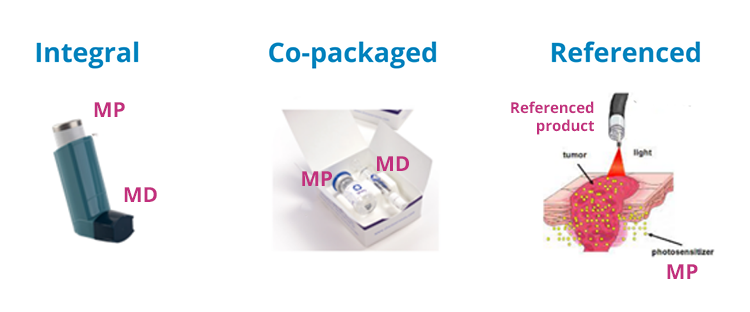
Figure 2 – Example of different types of drug device combination (DDC) products
Integral/co-packaged medicinal product: the way to the market!
When your combination product is defined as a medicinal product, you need to follow different regulations depending on the type.
The flowchart below describes the process that needs to be followed in order to acquire all needed quality documents and certificates. It is based on the guideline on quality documentation for medicinal products when used with a medical device.
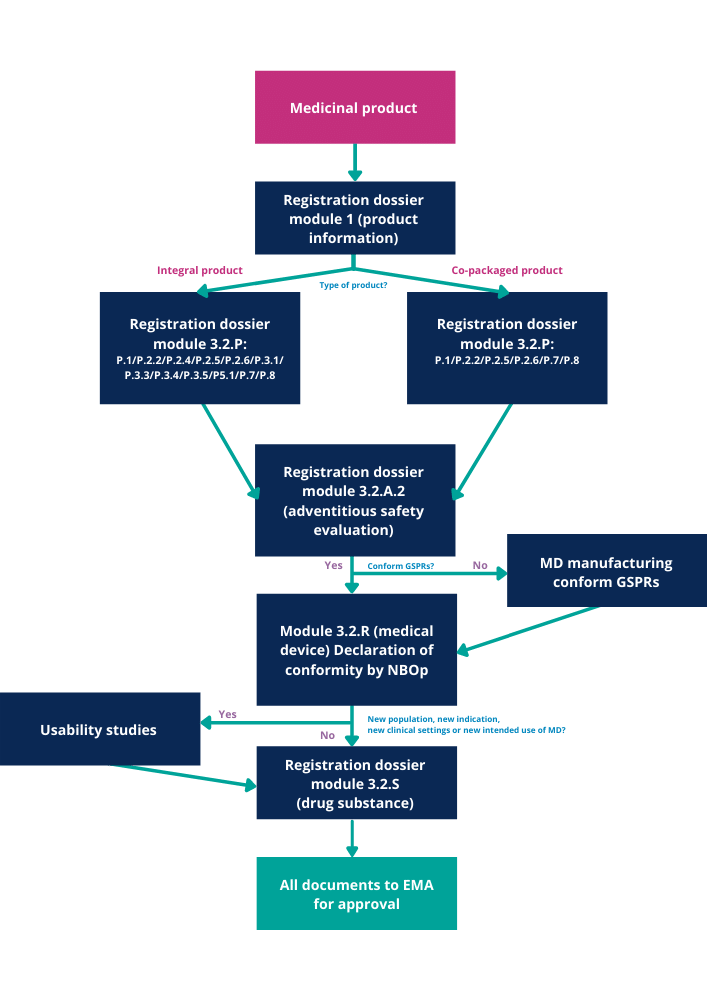
Figure 3 – Flowchart quality documents for DDC medicinal products
A short overview of the content of these modules can be found below. For more information, consult the EMA guidelines or contact QbD Group for more advice.
Module 1 - Product information
- The product information should follow the requirements of Regulation (EC) No 726/2004 or Directive 2001/83/EC, as applicable, and should not include any administrative information on the device (part).
- Information of the device (part) which is necessary for the intended use of the medicinal product should be included in the relevant sections of the package leaflet and summary of product characteristics (SmPC).
Module 3.2.P - Drug product
For this module, different documents are required about:
-
Description and composition
-
Pharmaceutical development – Manufacturers
-
Control of drug product*
-
Container closure system (CCS)*
-
Stability
* not needed for co-packaged products
Module 3.2.A.2 - Adventitious safety evaluation
- All materials of human or animal origin used in the manufacturing process of the medicinal product should be identified. A risk assessment about potential contamination with these materials should be provided.
Module 3.2.R - Medical device
- The conformity of the device (part) with relevant GSPRs (Annex I of Regulation (EU) 2017/745) should be included in accordance with Article 117 of the MDR, without the requirement to be regulated as a CE mark device. Manufacturers need to seek a Notified Body Opinion (NbOp) for this confirmation. Integral devices classified as Class I devices (i.e. non-sterile) are not subject to an NB opinion.
- Usability studies should be included if:
- Supporting information is not included in the dossier, and the device (part) has not been used in the intended user population before or
- Other aspects of the intended use are new or different from the intended use as confirmed by the EU certificate issued by an NB or NBOp.
Module 3.2.S - Drug substance
- Reference to an Active Substance Master File or a Certificate of Suitability of the European Directorate for the Quality of Medicines is acceptable. The procedure as described in the “Guideline on Active Substance Master File Procedure” and the “Guideline on Summary of Requirements for Active Substances in the Quality Part of the Dossier” should be followed.
- A very important part of DDC products is that you have to prove that the drug substance part of the product doesn’t affect the medical device. When more than one drug substance is included in the combination product, you must include module 3.2.S for each drug substance.
Referencing a device in your product: different regulatory requirements to take
When a medical device is referenced in the product information of the DDC product, additional information of the medical product may be required as the referenced product can have a potential impact on the quality, safety and/or efficacy.
The information is only needed if the referenced product isn’t part of a group of devices (e.g. syringes, infusion lines, …). In this case, you need to provide the following documents before getting approval by EMA:
- The impact of the referenced product on the medical product should be considered using a risk-based approach, taking into account the need for a usability study.
- Module 1 should be presented the same as for integral and co-packaged combination products.
- Evidence of safety and/or bioequivalence/efficacy of the medicinal product used with the device should be included.
- Module 3.2.P.2 should represent the data on compatibility, dosing accuracy, functionality, handling, manipulation, etc.
- The in-use stability, if applicable, must be represented in module 3.2.P.8.
- Information on usability must be represented for the same reasons as for integral and co-packaged products.
Compatibility: a good relationship between drug and device
An assessment of the compatibility of a device with certain drugs is crucial as the patient frequently interacts with the drug and the device. The compatibility of both components requires analysis of different aspects including drug stability, chemical compatibility, and biocompatibility. All aspects must be in balance to establish a good coherence of the combined products and to avoid any danger to the patient.
Conclusion: define the regulatory pathway for your medical device combination products
Be aware of the different regulatory pathways and take the steps below in consideration before you want to bring medical device combination products (DDC) on the market.
- Choose your market e.g. EU or US
- Define the primary mode of action
- In the case of a medicinal product: define your type!
Need help with the regulation and documentation of your medical device combination products? Don’t hesitate to contact us. Our experts are happy to assist you!
- QWP-BWP Guideline on medicinal products used with a medical device (europa.eu)
- Medical devices | European Medicines Agency (europa.eu)
- Questions & Answers for applicants, marketing authorization holders of medicinal products and notified bodies with respect to the implementation of the Medical Devices and In Vitro Diagnostic Medical Devices Regulations ((EU) 2017/745 and (EU) 2017/746) (europa.eu)
- MDR Article 117: A New Implication for Drug-device Combination Products (celegence.com)







.png?width=109&height=108&name=Pharma%20(2).png)
.png?width=111&height=108&name=Medical%20Devices%20(2).png)
.png?width=84&height=107&name=IVD%20(2).png)

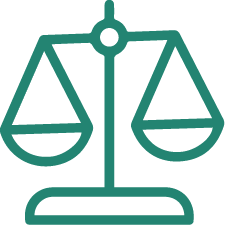

.png)


%20Checklist.jpg)
